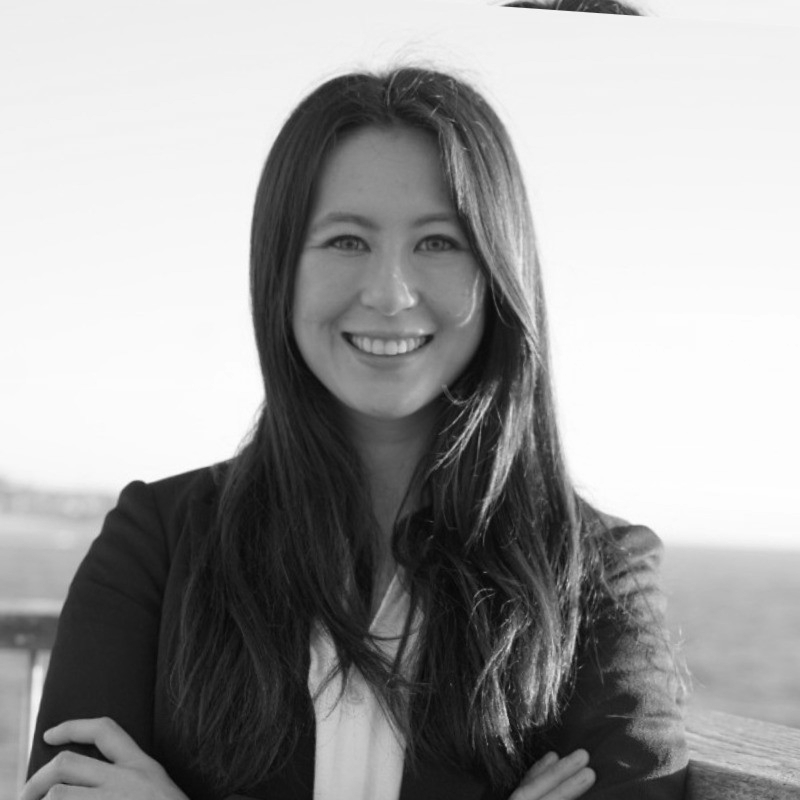Trying to figure out what you should earn as a junior designer? Tarra van Amerongen, Head of Design at Atlassian with extensive experience across agency, consulting and in-house environments, explains why finding minimum wage information for junior designers is more complex than you might think. From inconsistent job titles to pandemic-driven market shifts, she breaks down the factors that make salary research tricky and shares practical strategies for discovering your true market value. Whether you're job hunting or negotiating your current role, this honest discussion will help you approach junior designer salaries with realistic expectations and actionable tactics.
If you're trying to figure out what you should be earning as a junior designer, you're definitely not alone. It's one of those questions that feels like it should have a straightforward answer, but the reality is much more complicated than you might expect.
The challenge isn't just about finding a number on a website. Job titles mean different things at different companies, the market has shifted dramatically during and after the pandemic, and pay varies wildly between agencies, consultancies, in-house roles and startups. It's enough to make anyone feel a bit lost.
This question was answered by Tarra van Amerongen – Head of Design, Jira Platform at Atlassian, with extensive experience across agency, consulting and in-house roles, making her well-placed to understand the complexities of design salaries across different work environments.
Tarra explains the fundamental problem with trying to pin down what a "junior designer" should earn: "The job title of junior or mid-level or lead or senior or head of or VP or whatever, that's different in every company you go to. I've seen job ads for a junior designer with six years experience and you think well that's not junior."
This inconsistency makes it nearly impossible to give a definitive salary figure. What one company calls "junior" might be "mid-level" somewhere else, and the responsibilities can vary enormously even within the same job title.
The pandemic has fundamentally shifted salary expectations across the design industry. As Tarra notes, "During and post pandemic what the market is paying for those roles has changed so much." This means that even recent salary surveys might not reflect current reality.
Add to this the significant differences between different types of work environments, and the picture becomes even more complex. The pay gap between agency work, consulting and in-house roles can be substantial.
Rather than searching for a magic number, Tarra suggests a more hands-on approach: "If it's possible and you can, I have done the work and applied for roles where I don't necessarily want that role but I want to know what the market is going to react to with my profile."
This strategy helps you understand what the current market is actually paying for your specific skill set and experience level. It's about letting the market tell you what you're worth rather than relying on potentially outdated data.
One of Tarra's most eye-opening insights relates to the pay differences between different types of companies. She shares her personal experience: "Moving from say consulting into in-house I've had as much as a 30 or 40 percent pay rise because they are quite different between those two things."
This highlights why it's so important to consider not just the job title, but the type of organisation you're looking at. The same role can have dramatically different compensation depending on whether it's at an agency, consultancy, startup or established in-house team.
If you suspect you're being significantly underpaid or facing other workplace issues around compensation, you don't have to navigate this alone. Never Not Creative's Support Line offers free introductory legal advice for issues including underpayment, bullying and harassment in the creative industry.
The service, run in partnership with specialist employment lawyers, can help you understand your rights and options if you believe you're not being paid fairly. Sometimes what feels like a salary research question might actually be pointing to a workplace issue that deserves proper legal guidance.
While salary is obviously important, Tarra reminds us to consider the bigger picture: "You need to weigh the ability to learn craft mentorship where you're going, your ability to grow and what you can actually survive on financially to make your decision."
This balanced approach acknowledges that while you need to pay your bills, your early career decisions should also factor in learning opportunities, mentorship quality and growth potential.
The lack of a simple answer to minimum wage questions for junior designers might feel frustrating, but it's actually quite liberating. Instead of being locked into predetermined salary bands, you have the opportunity to actively research and negotiate based on current market conditions and your specific circumstances.
Remember, every designer's journey is different, and what matters most is finding a role that pays you fairly while helping you grow. You're not asking for too much when you want to understand your worth in the market.

Head of Design for Jira Platform at Atlassian with experience across in-house, agency & consulting. Teaches innovation design at UTS, advises on boards & is a trained Mental Health First Aider.

Psychologist with 13 years’ experience, developing Taking Up Space for women who people-please, focusing on emotional awareness & authentic living. Works with eHarmony Australia & major media.

Head of Community and Growth at Never Not Creative, focused on building a kinder, more sustainable industry. Leads Circles, a peer support group for honest conversations, and brings a strong mix of marketing know-how, empathy and community spirit.



